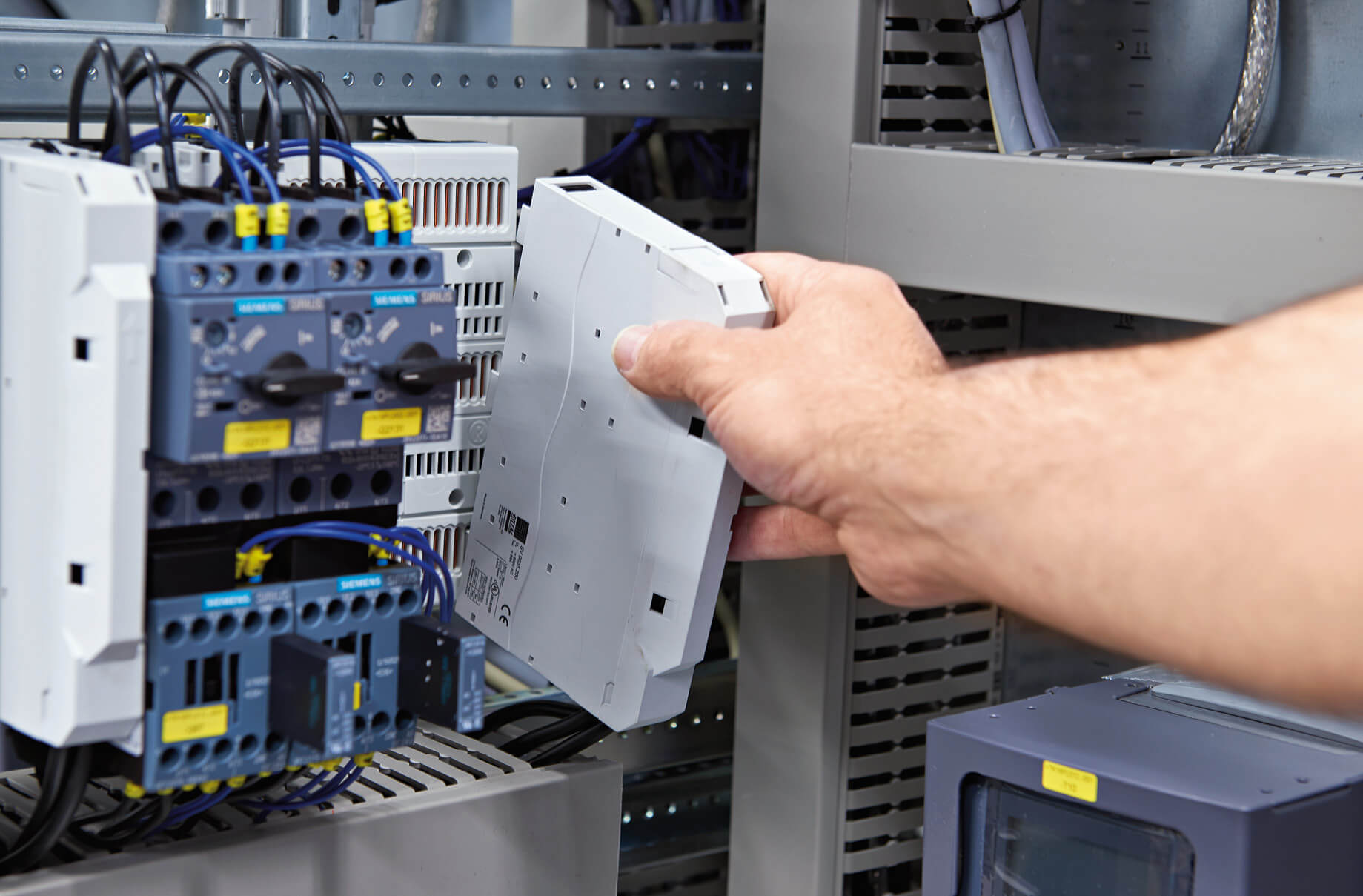Text Dr. Jörg Lantzsch ––– Photography
Positioning the electrical components for small auxiliary drives continuously presented us with problems in the past.” Cornelius Wolters, Project Manager at switchgear engineering company Dormann + Winkels, highlights a typical problem that repeatedly occurs in switchgear for rolling mills. The large frequency converters that are typical of such equipment are powered in switchgear via a busbar system from a central supply unit. There is an additional two-pole busbar system for the converters’ shared DC intermediate circuit. Yet the auxiliary drives – which are required for brakes or fans, for example – also need to be integrated. “That’s why in the past we often planned a separate enclosure,” explains Wolters: “But this type of solution is not very transparent.”
Fully contact-protected
For a new project – a switchgear system for an aluminium cold rolling mill in Romania – Dormann + Winkels has now developed an alternative, improved solution based on RiLine Compact. The system is actually intended for small applications requiring distributors up to a rated current of 125 A. The compact system is fully contact-protected and can be very easily fitted with the necessary switchgear and protective components, such as a motor starter. The mechanical fixing and contacting of components with the integrated busbar system are performed in a single step and without using tools. This makes installation much easier and faster than for conventional individual wiring.
In the switchgear for the aluminium cold rolling mill, the new system enabled the auxiliary drives to be housed together with the relevant main drives in a single enclosure. The solution is particularly space-saving, as the RiLine Compact systems have been installed in the enclosure from the side. This is made possible in part because the system is also contact-protected at the rear. If the system needs to be expanded or modified in the future, the individual switchgear and protective components can be easily added to or replaced. As contact hazard protection is always maintained, this is even possible without having to switch off power to the entire system. The end customer thus benefits from enhanced safety.
“The customer is delighted with this system, as it gives them a very clear picture of the switchgear and also saves space compared with previous solutions,” explains Wolters. However, he argues that the main advantage for the switchgear engineering company is that “we cut installation time by around 30 to 40 per cent.”

